Sri Lanka – Bali 50 years ago!
Sri Lanka lies in the Indian Ocean a short flight from India. The main export is tea. But Sri Lanka is more than just tea. Sri Lanka is Bali 50 years ago…. But with far more archaeological importance than you could ever imagine!
UNESCO Heritage Sites
Sri Lanka is home to eight UNESCO World Heritage sites and it houses more archaeological wonders than most tourists ever expect. It is a small country where both Hinduism and Islam have both had a huge influence. There are mosques and temple complexes found everywhere throughout the country, however it is Buddhism that really 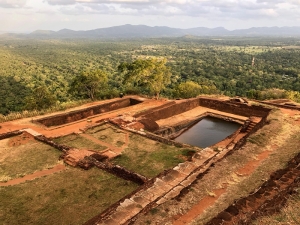 underpins the Sri Lankan Culture.
underpins the Sri Lankan Culture.
Sigiriya
No journey to Sri Lanka would be complete without a trip to the 1600 year old Sigiriya Citadel Rock, a 200 metres high mountain of rock standing large and tall over the plains of Dambulla. The summit can be reached by visitors by climbing 1200 steep, well-worn steps and twisting ladders to the first plateau where we catch our first real ‘breath-taking’ view of the surrounding countryside. It is amazing. Those with some strength left, it is up another 200 steps or so to the summit and the ancient citadel and elaborate Buddhist city of Alakamanda, and home of a former royal palace, dating back to the 10th Century. There are only ruins remaining but use your imagination to picture the magnificent structure, some 7 stories high, housing some 1000 chambers and inhabited by the Kings family, servants and palace aides.
Simple Sri Lanka
The climb to the summit is not for the fainthearted but it is worth every ‘out of breathe’ step. You pass murals and frescoes of nymphs and Buddha statues of Gal Vihara and the ancient relic shrine of Hatadage. 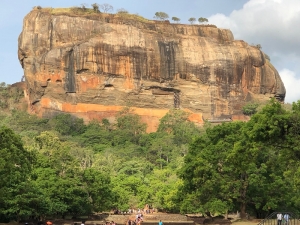 One wall is so highly polished, yes even after all these centuries, that it still reflects sunlight to light up a frescoes you would otherwise not see.
One wall is so highly polished, yes even after all these centuries, that it still reflects sunlight to light up a frescoes you would otherwise not see.
The trip down Sigiriya is quicker but the views and artifacts you pass by are just as fascinating.
History
Sri Lanka is a tropical Island with two main climate zones. There is a wet zone, covering the south-east quarter and a dry zone covering the rest of the country. The island contains no natural lakes except a few small flood plain lakes but has hundred of man made reservoirs. The earliest of these built over 2500 years ago, the more recent… 800 years ago. How forward thinking were the Sri Lankan people. They still today have no issues with water. The irrigation canals and drains to move water from the mountains to the plains pre-date Christ and most were built in 6 to 3 BC! Just imagine that…. Triangular drainage canals, that still work to this day, built BC.
During the period 1984 to 1986 three lakes were built, mainly for hydroelectric purposes. These were Lakes Kotmalé, Victoria and Randenigala and were built by impounding the River Mahaweli and were deliberately constructed at different elevations. The water is collected and then moved to where it is needed for farming purposes (and to generate electricity) via drainage canals similar to those constructed centuries earlier. It is amazing system and the Gardens below Sigiriya shows them canals and drainage systems in operation.
People
The people are friendly and welcoming. The food delightful, nothing like Indian which was a surprise. You will see kids playing cricket everywhere, fishermen on poles and bargaining in the markets. It is vibrant, colorful and your senses will be overpowered by the smells and sights. It is delightful! Amazingly, not too crowded, which was a surprise.
When people told me that Sri Lanka was how Bali was, before tourists, I was skeptical… but they are right. You move back in time in a good way, when you visit Sri Lanka.
No matter where you go in Sri Lanka you will constantly be reminded, there is way more than ‘tea’ to see here.

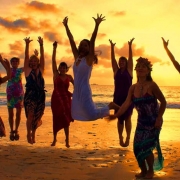
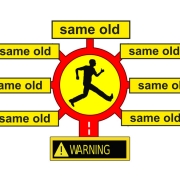
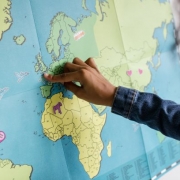

Leave a Reply
Want to join the discussion?Feel free to contribute!